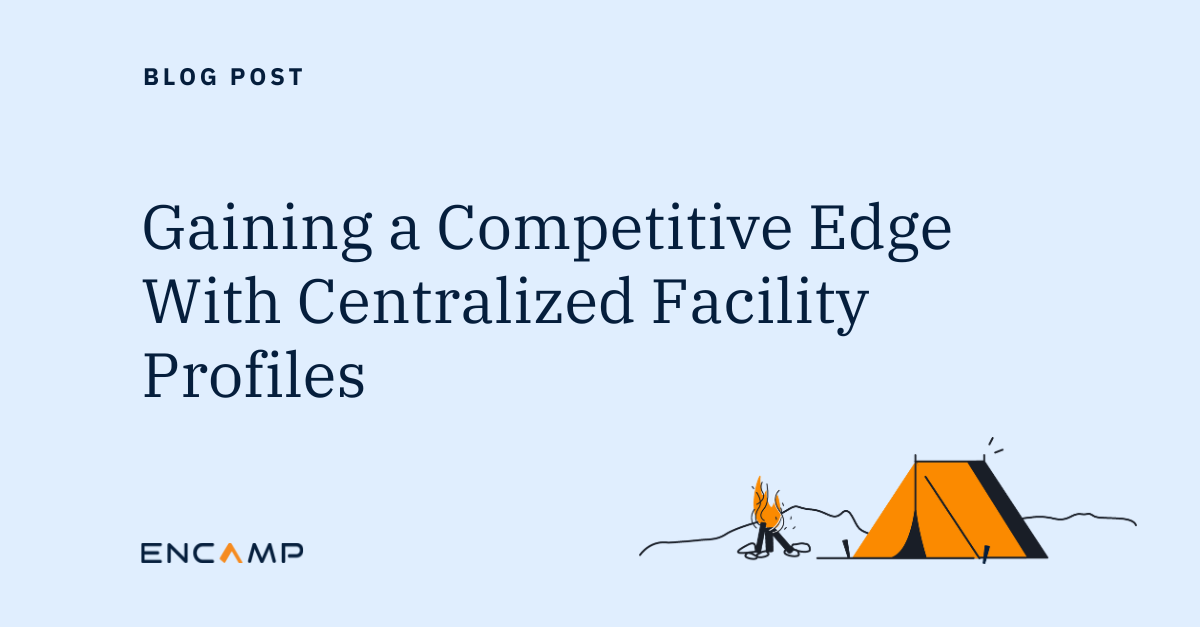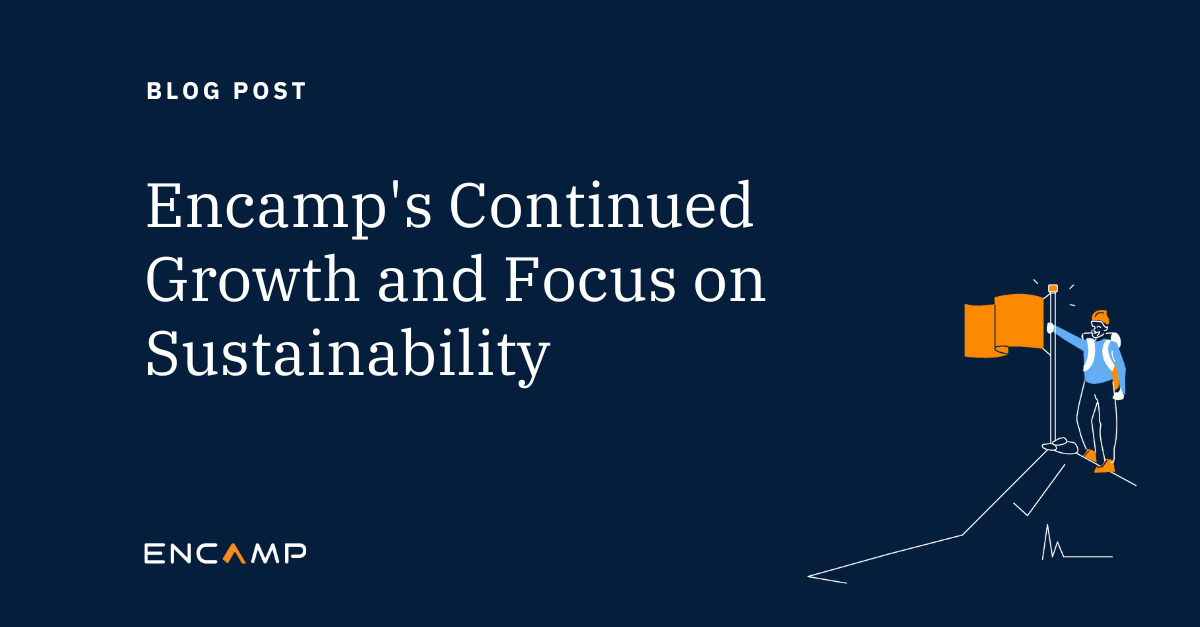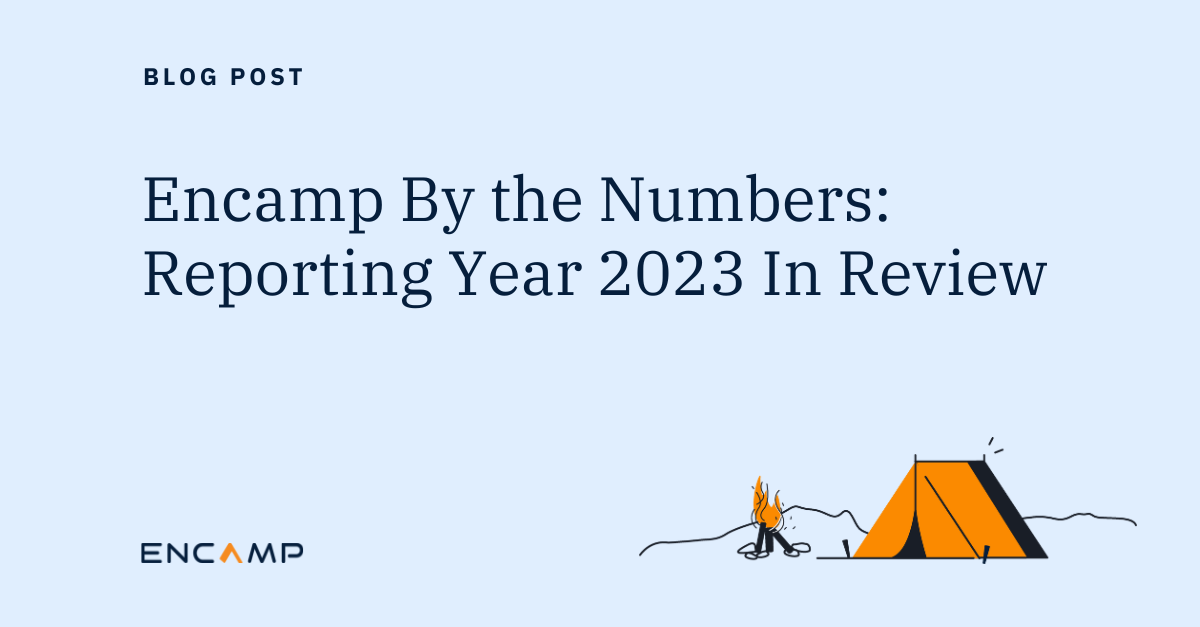Consistently ensuring Tier II reporting accuracy for environmental compliance has long been an inexact science. Enter automation, and the emergence of EHS digital transformation, for more precise ways to collect compliance data, validate it, and file it in line with state and local Tier II reporting requirements. Just knowing the data you submit is accurate and void of non-compliance red flags is reason enough to automate the Tier II process.
Yet the path to error-free Tier II reporting is constantly changing. For some common examples: Other pressing compliance initiatives pull EHS employees away from reporting. Tracking state and local regulations is an ongoing obstacle course, especially for updates. And as regulations get increasingly exact, verifying which ones apply to which facilities in which states and locales is mind-numbing.
This is where automation goes further along the Tier II path than just final, accurate reports. Automating the process also lets EHS leaders:
- Free up EHS resources from reporting to focus on other compliance priorities
- Navigate changing state and local regulations via automated alerts and notifications
- Manage regulatory requirements and mailings more effectively, including ready access to reporting certifications for audits
Benefiting businesses of every kind
In the NAEM 2017 EHS&S Software Buyers Guide, 46% of EHS leaders said outdated software limited their operations’ compliance reporting effectiveness. It’s somewhat surprising, but that sentiment still holds true today: For many businesses and their EHS operations, a lack of technology like automation remains a roadblock to more efficient and accurate reporting.
Also surprising is who these businesses are. Many are indeed ones that manufacture, store or use chemicals by the hundreds, with facilities in two or three states. But many others are ones like food and beverage chains, telecom companies, utilities, auto dealers and parts stores, repair and maintenance companies, and businesses that provide rental and leasing services. Or even gas stations and the oil & gas and pipeline transportation companies that provide the gas they sell.
Such businesses typically maintain a low count of chemicals (by types and volume), and their business operations often include facilities across several states. Which means they’re still governed by state and local regulatory requirements for environmental compliance, must file Tier II reports — and can reap the same rewards of automating their reporting functions.
3 More Positives of Automated Tier II Reporting
This is where newer-generation environmental data management software comes in. By intersecting with EHS digital transformation to make automation possible, EHS stakeholders are able to enhance compliance reporting accuracy throughout the reporting process — in accordance with all applicable federal, state and local requirements, and all the way to final submissions, mailings to regulatory agencies, and even the process for paying filing fees.
In between are three additional outcomes of automation that positively impact EHS operations as well as Tier II reporting.
1. Free up EHS resources for other environmental compliance priorities
Another aspect of environmental data management software and EHS digital transformation is the ability to digitize compliance data and centralize it in a single database. Automation takes over from there to reduce time spent inputting reporting information into different state portals, mailing hundreds of reports to local agencies (primarily LEPCs), and paying countless filing fees, among other tasks. The more EHS leaders and teams reduce their administrative burden, the more they can focus on other pressing strategic activities.
“For Tier II, in the past, we had about four EHS staff. But our recent focus on ESG has pulled some of those resources into other critical areas. Last year it was down to three, then it trimmed down to two. And this year (reporting year 2021), other than working with the people at each facility, I was down to me and you guys (at Encamp). So we’ve essentially replaced manpower with software.”
– Bob Johnson, Environmental Affairs Manager for Lennox International, which operates 250 distribution locations in 40 states
2. Navigate state and local regulations with expert support
Compliance updates and notifications specific to an EHS program area or local regulatory level present ongoing obstacles, especially when sites are located in various states. Automated alerts and notifications in an environmental data management software system help EHS leaders both track and navigate regulatory requirements (and even fee structures) from state to state and at local levels. This is particularly helpful in determining which sites are over threshold and must report for EHS compliance.
“There’s no way to keep up with regulatory compliance issues across the U.S. and all 50 states. When you start getting into SERCs and LEPCs and their ever-changing requirements, it’s almost impossible because those requirements are changing so rapidly. So having a partner like Encamp to streamline (updates and notifications) is just phenomenal.”
– Denton Bruce, Senior Director of EHS at Bunzl Distribution, which maintains more than 200 facilities across the U.S.
3. Manage regulatory and Tier II reporting requirements and mailings more effectively
Go back to the issue of having to interpret constantly-changing regulatory requirements at the state and local level. It’s stressful, and can introduce a lot of doubt to the compliance reporting process. Reporting automation can actually help you be comfortable in managing complex regulations by verifying which ones apply to specific facilities and state and local agencies. Again, automated alerts and notifications serve notice to new regulations and others that have changed or been updated.
And of course, automated reporting to all states and U.S. territories ensures that compliance reports and additional mailings meet all regulatory requirements and get to the right federal, state and local agencies.
Now, ask yourself a few questions
If any of the following situations are familiar, automating Tier II reporting tasks for EHS compliance should be a priority. Have you ever:
- Had to manually track down required compliance information from dispersed facilities and data systems… and worked late (or on weekends) to do it?
- Questioned data from untrusted spreadsheets?
- Had to try to interpret (and never fully understand) constantly changing regulatory requirements, especially at the state and local level?
- Been totally consumed by Tier II reporting the whole first quarter of the year?
And here’s one last question: Did you ever think compliance reporting could be completed “at your convenience”?
“Encamp has allowed us to modernize compliance reporting (largely via automation). Our compliance team is able to quickly review and prepare reports from our various locations across the country, at our convenience. There are summary screens which quickly organize the list of reports and the reporting status. Final reports are saved to a filing cabinet on a cloud-based system and are available any time we need them.”
– Emily Z, EHS Manager (Capterra)
Transforming the way enterprises stay in compliance
Encamp is on a mission to create a world where good for business can equal good for the environment. We help enterprises transform compliance programs and human processes into a technology-driven system that lays the foundation for accurate and ongoing environmental compliance through a blended method of intelligent high-tech solutions and high-touch expert support.
Tom Bailey
Tom is the Senior Content Writer at Encamp. And like all other Encampers, he’s in tune with the environment and what happens to it. He’s been writing about creative technology solutions for longer than he cares to admit.



